Residents Scramble as Japan Seals Area Near Plant Excerpts:
Japan sealed off a wide area around a radiation-spewing nuclear power plant on Friday to prevent tens of thousands of residents from sneaking back to the homes they quickly evacuated, some with little more than a credit card and the clothes on their backs.
Fearing they might not see their homes again for months, evacuees raced into the deserted towns Thursday before the ban took effect to grab whatever belongings they could cram into their cars.
Nearly 80,000 people were hurriedly evacuated from a 12-mile zone around the Fukushima Dai-ichi plant on March 12, after an earthquake and a tsunami destroyed its power and cooling systems. The order had no teeth, however, and people began increasingly returning to check on the remains of their lives. Some had stayed all along.
..
Under a special nuclear emergency law, people who enter the zone will now be subject to fines of up to $1,200 or possible detention for up to 30 days. Until now, defiance of the evacuation order was not punishable and the police manning the roadblocks had no authority to stop people from entering.
Japan earmarks first $50 bn for post-quake rebuild
TOKYO: Japan's cabinet approved on Friday almost $50 billion of spending for post-earthquake rebuilding, a down payment on the country's biggest public works effort in six decades.
The emergency budget of 4 trillion yen ($48.5 billion), which is likely be followed by more reconstruction spending packages, is still dwarfed by the overall cost of damages caused by the March 11 earthquake and tsunami, estimated at $300 billion.
"With this budget, we are taking one step forward towards reconstruction ... and towards restarting the economy," Finance Minister Yoshihiko Noda told reporters after a cabinet meeting.
..
Though Japan's debt is around twice the size of its $5 trillion economy, it does not face a Greece-style debt crisis since most of that debt is owed to domestic creditors rather than foreign banks.
Radioactive water likely to hamper cooling effort. Via Rense.
The operator of the Fukushima nuclear power facility plans to cool the reactors by filling their vessels with water. However, that process may be hampered by waste water contaminated with highly radioactive materials.
According Tokyo Electric Power Company's blueprint for bringing the troubled facility under control, the Number 1 and 3 reactor vessels will be filled with water up to the height of the nuclear fuel rods by the middle of July. This is aimed at cooling the reactors in a stable manner.
And:
The utility needs to check the reactor turbine building for any water leakage from the building housing the reactor, but workers cannot enter the reactor building at present. However (No, not "However." The word they were looking for is "Also"), the effort to identify the source of a leak is difficult because of radioactive water inside the basement of the turbine building.
Work to move contaminated water from the Number 2 reactor is already underway. However, it's not clear when they can begin moving contaminated water from the Number 1 reactor.
Four More Quakes Hit East Coast Of Japan, Vicinity Of Fukushima
Radioactive iodine found in breast milk of Japanese mothers. Via Rense. Excerpts:
The breast milk of four Japanese mothers has been found to contain small quantities of radioactive iodine.
The government faced calls for a full investigation into the impact of the nuclear disaster on mothers and babies following the discovery.
The radiation contamination came to light after tests were conducted on breast milk samples taken from nine women living northeast or east of Tokyo.
Four of these women were found to be contaminated, with the highest reading of 36.3 becquerels of radioactive iodine per kg detected in the milk of the mother of an eight-month-old baby in Kashiwa, Chiba prefecture.
..
However, the breast milk readings were below the safety limit of 100 becquerels per kg of tap water consumption by infants under one year of age and no radioactive cesium was found. (Would there be different standards for tap water and breast milk? I would assume the fat contained in breast milk would warrant a lower threshold of exposure, but that's just me guessing..)
Leading Epidemiologist: Instead of Trying to Avoid Japanese Radiation, Put Your Energy Into Demanding a Saner Energy Policy Great read from Washington's Blog.
Core of Stricken Reactor Probably Leaked, U.S. Says This is Reactor 2 Excerpts:.
WASHINGTON — The United States Nuclear Regulatory Commission said Wednesday that some of the core of a stricken Japanese reactor had probably leaked from its steel pressure vessel into the bottom of the containment structure, implying that the damage was even worse than previously thought.
The Nuclear Regulatory Commission’s statement regarded unit No. 2, and the agency underscored that its interpretation was speculative and based on high radiation readings that Tokyo Electric had found in the lower part of unit No. 2’s primary containment structure, called the drywell. The statement said that the commission “does not believe that the reactor vessel has given way, and we do believe practically all of the core remains in the vessel.”
The agency’s statement was issued after Representative Edward J. Markey, Democrat of Massachusetts, told a House hearing on Wednesday morning that the commission had told him that the core had melted through the vessel.
TEPCO official describes possible meltdown at No. 1 reactor: The “molten fuel accumulates like lava” From Energy News.
Kyodo reported that on Wednesday a TEPCO official admitted the fuel in reactor No. 1 “could be melting.”
TEPCO official Junichi Matsumoto described the “possible meltdown”, comparing it to “a state in which molten fuel accumulates like lava.”
Japan sealed off a wide area around a radiation-spewing nuclear power plant on Friday to prevent tens of thousands of residents from sneaking back to the homes they quickly evacuated, some with little more than a credit card and the clothes on their backs.
Fearing they might not see their homes again for months, evacuees raced into the deserted towns Thursday before the ban took effect to grab whatever belongings they could cram into their cars.
Nearly 80,000 people were hurriedly evacuated from a 12-mile zone around the Fukushima Dai-ichi plant on March 12, after an earthquake and a tsunami destroyed its power and cooling systems. The order had no teeth, however, and people began increasingly returning to check on the remains of their lives. Some had stayed all along.
..
Under a special nuclear emergency law, people who enter the zone will now be subject to fines of up to $1,200 or possible detention for up to 30 days. Until now, defiance of the evacuation order was not punishable and the police manning the roadblocks had no authority to stop people from entering.
Japan earmarks first $50 bn for post-quake rebuild
TOKYO: Japan's cabinet approved on Friday almost $50 billion of spending for post-earthquake rebuilding, a down payment on the country's biggest public works effort in six decades.
The emergency budget of 4 trillion yen ($48.5 billion), which is likely be followed by more reconstruction spending packages, is still dwarfed by the overall cost of damages caused by the March 11 earthquake and tsunami, estimated at $300 billion.
"With this budget, we are taking one step forward towards reconstruction ... and towards restarting the economy," Finance Minister Yoshihiko Noda told reporters after a cabinet meeting.
..
Though Japan's debt is around twice the size of its $5 trillion economy, it does not face a Greece-style debt crisis since most of that debt is owed to domestic creditors rather than foreign banks.
Radioactive water likely to hamper cooling effort. Via Rense.
The operator of the Fukushima nuclear power facility plans to cool the reactors by filling their vessels with water. However, that process may be hampered by waste water contaminated with highly radioactive materials.
According Tokyo Electric Power Company's blueprint for bringing the troubled facility under control, the Number 1 and 3 reactor vessels will be filled with water up to the height of the nuclear fuel rods by the middle of July. This is aimed at cooling the reactors in a stable manner.
And:
The utility needs to check the reactor turbine building for any water leakage from the building housing the reactor, but workers cannot enter the reactor building at present. However (No, not "However." The word they were looking for is "Also"), the effort to identify the source of a leak is difficult because of radioactive water inside the basement of the turbine building.
Work to move contaminated water from the Number 2 reactor is already underway. However, it's not clear when they can begin moving contaminated water from the Number 1 reactor.
Four More Quakes Hit East Coast Of Japan, Vicinity Of Fukushima
Radioactive iodine found in breast milk of Japanese mothers. Via Rense. Excerpts:
The breast milk of four Japanese mothers has been found to contain small quantities of radioactive iodine.
The government faced calls for a full investigation into the impact of the nuclear disaster on mothers and babies following the discovery.
The radiation contamination came to light after tests were conducted on breast milk samples taken from nine women living northeast or east of Tokyo.
Four of these women were found to be contaminated, with the highest reading of 36.3 becquerels of radioactive iodine per kg detected in the milk of the mother of an eight-month-old baby in Kashiwa, Chiba prefecture.
..
However, the breast milk readings were below the safety limit of 100 becquerels per kg of tap water consumption by infants under one year of age and no radioactive cesium was found. (Would there be different standards for tap water and breast milk? I would assume the fat contained in breast milk would warrant a lower threshold of exposure, but that's just me guessing..)
Leading Epidemiologist: Instead of Trying to Avoid Japanese Radiation, Put Your Energy Into Demanding a Saner Energy Policy Great read from Washington's Blog.
Core of Stricken Reactor Probably Leaked, U.S. Says This is Reactor 2 Excerpts:.
WASHINGTON — The United States Nuclear Regulatory Commission said Wednesday that some of the core of a stricken Japanese reactor had probably leaked from its steel pressure vessel into the bottom of the containment structure, implying that the damage was even worse than previously thought.
The Nuclear Regulatory Commission’s statement regarded unit No. 2, and the agency underscored that its interpretation was speculative and based on high radiation readings that Tokyo Electric had found in the lower part of unit No. 2’s primary containment structure, called the drywell. The statement said that the commission “does not believe that the reactor vessel has given way, and we do believe practically all of the core remains in the vessel.”
The agency’s statement was issued after Representative Edward J. Markey, Democrat of Massachusetts, told a House hearing on Wednesday morning that the commission had told him that the core had melted through the vessel.
TEPCO official describes possible meltdown at No. 1 reactor: The “molten fuel accumulates like lava” From Energy News.
Kyodo reported that on Wednesday a TEPCO official admitted the fuel in reactor No. 1 “could be melting.”
TEPCO official Junichi Matsumoto described the “possible meltdown”, comparing it to “a state in which molten fuel accumulates like lava.”










































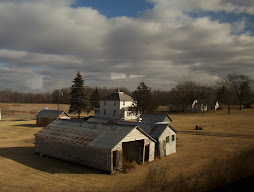


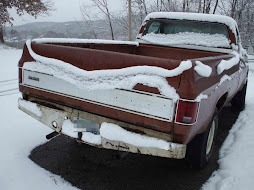

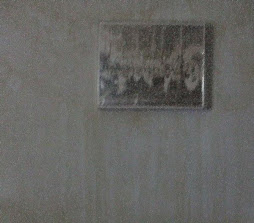






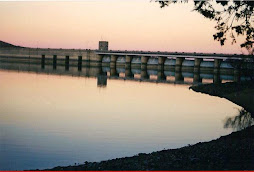







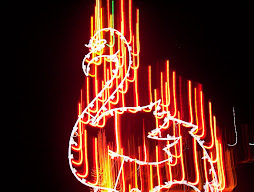




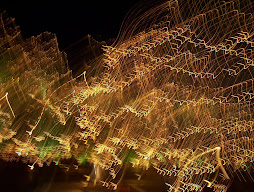

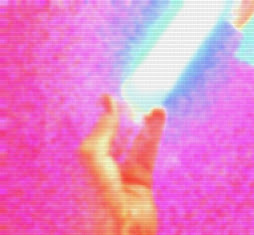
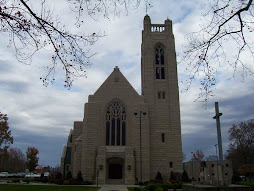








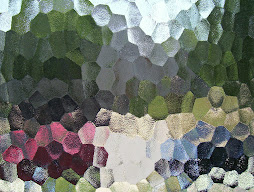
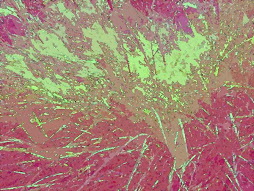
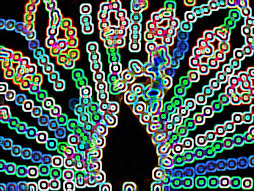









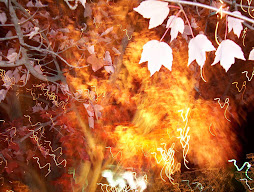









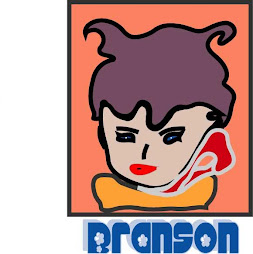



No comments:
Post a Comment